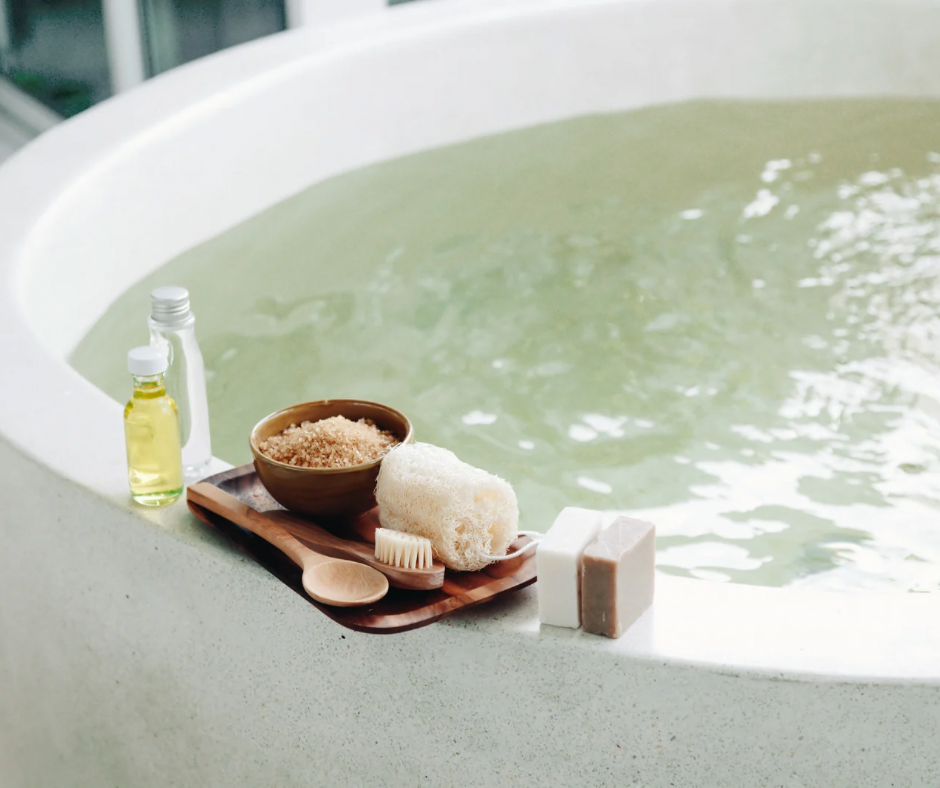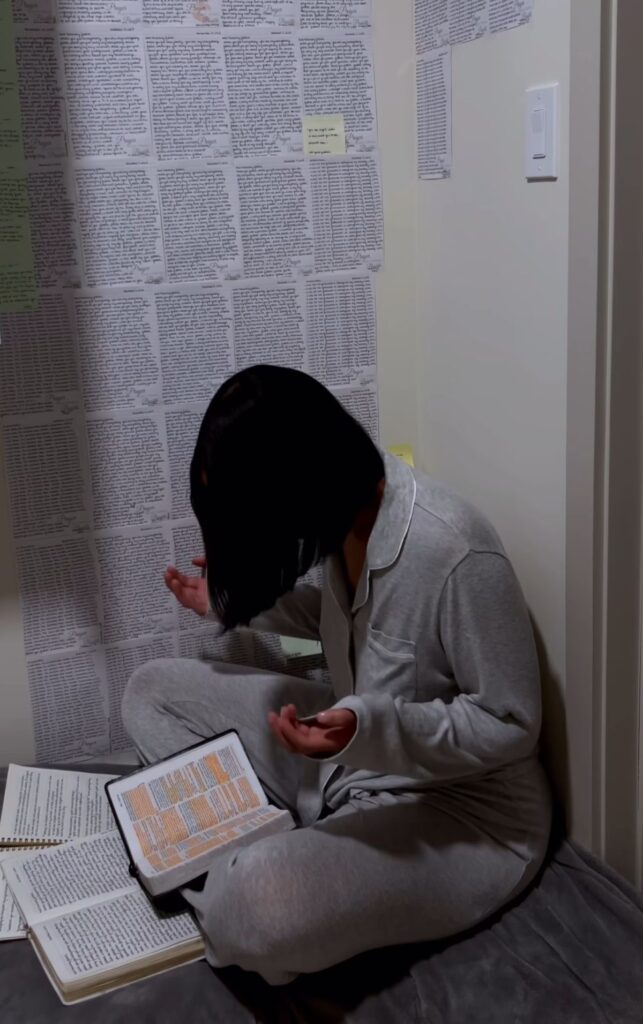Aging is a natural part of life, but how gracefully and healthily we age is largely within our control. While modern society often looks to cutting-edge science, expensive supplements, or trendy biohacks for answers, the truth is that some of the most profound longevity secrets have already been lived and practiced for thousands of years.
Across ancient civilizations, from the Greeks and Romans to traditional Chinese medicine, Ayurvedic India, Indigenous tribes, and African ancestral wisdom, people thrived by living in harmony with nature, community, and spirit. Their way of life wasn’t about chasing youth; it was about cultivating balance, vitality, and purpose.

Today, research on the world’s Blue Zones (regions with the highest concentration of centenarians) echoes what our ancestors already knew: the key to longevity is not found in one single habit, but in a holistic lifestyle woven from timeless practices.
In this post, we’ll explore 8 foundational principles of ancient longevity, uncover their timeless practices, and reveal how we can apply them to our modern lives.
1. Living in Sync with Nature’s Rhythms
Our ancestors lived by the sun, moon, and seasons. Without artificial light, smartphones, or constant distractions, they naturally followed Earth’s rhythms and their bodies thrived as a result.
Timeless Practices:
- Rising with the sun & sleeping after sunset → Supported circadian rhythm, deeper sleep, and hormonal balance.
- Seasonal eating → Consumed fresh, local foods aligned with nature’s cycles.
- Moon cycles & fasting rituals → Many cultures observed fasting during lunar phases for detoxification and spiritual reset.
- Time outdoors → Daily exposure to sunlight, grounding, and fresh air.
Modern Application:
- Get morning sunlight within the first hour of waking.
- Eat seasonally—shop local markets instead of relying on imported produce.
- Establish tech-free evenings by dimming lights and avoiding screens 1–2 hours before bed.
Living in sync with nature recalibrates your body’s inner clock, reduces stress, and helps restore balance in a fast-paced world.
2. Eating Whole, Nutrient-Dense Foods
Ancient diets were nutrient-rich and unprocessed. There were no refined sugars, seed oils, or ultra-processed snacks, just whole foods grown in healthy soil, raised naturally, or gathered wild.
Timeless Practices:
- Ancestral diets → Rooted in plants, healthy fats, wild meats, nuts, seeds, and fermented foods.
- Herbal tonics & adaptogens → Used ginseng, ashwagandha, turmeric, reishi, and other herbs to promote vitality.
- Balanced eating → No fad diets—meals were simple, nourishing, and satisfying.
- Fasting & feasting cycles → Intermittent fasting and seasonal feasts supported metabolism and gut health.

Modern Application:
- Base your meals around whole, minimally processed foods.
- Try adding fermented foods (kimchi, sauerkraut, kefir) for gut health.
- Use adaptogenic herbs to manage stress and energy levels.
- Experiment with intermittent fasting or time-restricted eating.
Food is not just fuel, it’s information for your body and spirit. Eating like our ancestors nourishes us far beyond calories.
3. Natural Movement & Strength-Building
Unlike today’s sedentary lifestyle, movement was naturally integrated into ancient life. People walked, farmed, carried, squatted, climbed, and danced, not for exercise, but because life demanded it.
Timeless Practices:
- Walking daily → Covered long distances for transport and survival.
- Functional strength → Lifting, carrying, climbing, and squatting were part of daily living.
- Gentle movement practices → Stretches, Tai Chi and Qigong in China for energy flow and flexibility.
- Dancing & rituals → Movement for joy, bonding, and emotional expression.

Modern Application:
- Walk 8,000–10,000 steps daily instead of sitting for hours.
- Include bodyweight training (push-ups, squats, planks) for functional strength.
- Practice stretching, or Tai Chi for flexibility and stress relief.
- Use dance as a fun, social way to stay active.
Movement is medicine. It doesn’t require a gym membership, only consistency.
4. Stress Management Through Rituals & Mindfulness
Ancient cultures understood that unchecked stress could weaken the body. They developed
practices to calm the mind, regulate the nervous system, and create inner peace.
Timeless Practices:
- Meditation & breathwork → Stillness, or controlled breathing for clarity.
- Slow living → Less rushing, more presence.Nature immersion → Gardening, foraging, and time in forests or fields.
- Spiritual rituals → Prayer, gratitude, and offerings as daily grounding practices.
Modern Application:
- Try 5–10 minutes of daily meditation or breathwork.
- Embrace slow living—do one task at a time with presence.
- Practice gratitude journaling at night.
- Take daily nature walks to reset your nervous system.
Stress is unavoidable, but how we respond is a choice. Ancient rituals remind us to return to calm, presence, and faith.
5. Deep Rest & High-Quality Sleep
Sleep is the ultimate recovery tool. Ancient people, free from artificial light and digital stimulation, slept deeply in alignment with natural darkness.
Timeless Practices:
- Sleep-wake cycles aligned with the sun.
- Complete darkness—no light disrupting melatonin.
- Herbal sleep aids like chamomile, valerian root, and lavender.
- Evening rituals of storytelling, music, or quiet reflection.

Modern Application:
- Set a consistent bedtime and wake time.
- Use blackout curtains or a sleep mask.
- Create a screen-free wind-down ritual (reading, journaling, stretching).
- Drink a calming herbal tea before bed.
Quality sleep is not a luxury, it’s a foundation of longevity.
6. Community & Strong Social Bonds
Health isn’t only physical,it’s deeply social. Studies show loneliness is as harmful as smoking. Ancient people thrived in community, with strong bonds and shared purpose.
Timeless Practices:
- Multi-generational living—elders cared for children, and families supported each other.
- Communal gatherings—meals, festivals, and rituals that reinforced belonging.
- Purpose-driven life—a reason to wake up every day.
- Elders as wisdom-keepers—valued for guidance and experience.
Modern Application:
- Nurture deep relationships instead of chasing followers.
- Schedule regular family or friend meals.
- Find a community group aligned with your values.
- Cultivate a sense of purpose beyond work.
Human connection is one of the most powerful medicines for longevity.
7. Detoxification & Healing Through Nature
Before modern medicine, nature was the pharmacy. From herbs to saunas, ancient people used natural detoxification to stay healthy and resilient.
Timeless Practices:
- Sweat therapies—saunas, sweat lodges, and steam baths.
- Healing herbs—plants for immunity, vitality, and healing.
- Periodic fasting—to cleanse and reset the body.
- Cold water therapy—rivers, ice baths, and ocean plunges.

Modern Application:
- Incorporate sauna sessions or hot baths.
- Drink herbal teas like ginger, dandelion, or nettle.
- Practice intermittent fasting for cellular repair.
- Try cold showers to boost resilience and immunity.
Healing is not always about adding more, but allowing the body to reset naturally.
8. Purpose, Spirituality & Joy
Longevity is more than physical health,it’s about meaning, joy, and soul nourishment. Ancient people lived with purpose and connection to the sacred.
Timeless Practices:
- Ikigai (life purpose)—knowing your “why.”
- Gratitude rituals—daily thankfulness for blessings.
- Creative expression—art, music, and storytelling for joy.
- Sacred ceremonies—rituals that connected them to something greater.
Modern Application:
- Reflect on your life’s purpose—what gives you meaning?
- Keep a daily gratitude practice.
- Engage in creative hobbies that nourish your spirit.
- Grow in faith as it brings peace.
Living long is meaningless without joy, purpose, and gratitude.

Final Thoughts: The Longevity Blueprint of Our Ancestors
The ancients didn’t chase anti-aging fads or futuristic biohacks. Their lives were rooted in simplicity, balance, and harmony with nature.
Their formula for longevity was clear:
Live in sync with nature.
Eat whole, seasonal foods.
Move daily and naturally.
Prioritize deep rest.
Manage stress with rituals.
Build community & connection.
Detoxify through natural practices.
Live with purpose, joy, and gratitude.
Modern Takeaway: Aging is inevitable, but how we age is within our influence. By blending ancient wisdom with modern knowledge, we can not only extend our lifespan but also enhance our healthspan, the years we feel strong, vibrant, and alive.
What ancient longevity practice will you bring into your life this week?
LATEST POSTS
- Longevity as a Lifestyle: How to Live Longer, Healthier, and More Vibrantly

- The Secret to Longevity: How to Live Longer, Healthier, and Happier

- The Ancient Head-to-Toe Self-Care Ritual for Longer Hair & Glowing Skin (Inspired by Timeless Beauty Traditions)

- Ancient Morning Rituals for Longevity: How to Start Your Day Like Our Ancestors

- The Ancient Longevity Blueprint: Timeless Secrets to Living Longer, Healthier, and Happier

- Why Ancient Wellness Practices Are Making a Comeback in 2025
JOIN OUR NEWSLETTER
BROWSE FOR MORE
Leave a Reply